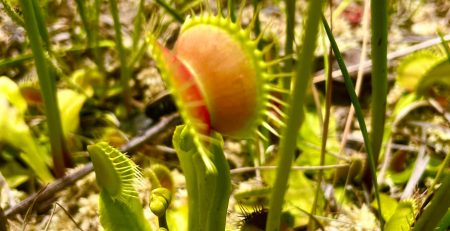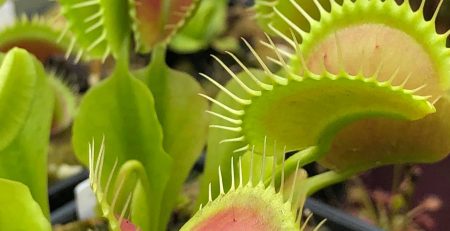How does the Venus Flytrap’s closing mechanism work?
The Venus flytrap (Dionaea muscipula) is a carnivorous plant that catches and digests insects. It is known for its unique ability to close its leaves rapidly in response to the presence of prey.
The closing mechanism of the Venus flytrap involves the plant’s sensitive trigger hairs. When an insect or other small organism touches one of the trigger hairs on the inner surface of the Venus flytrap’s leaves, it stimulates the cells at the base of the hair to send an electrical signal to the trap.
If a second hair is touched within a certain amount of time (usually around 20 seconds), the trap will close, trapping the insect inside. The closure of the trap is caused by the rapid movement of water from the cells on the outer surface of the leaf to the cells on the inner surface, which causes the leaf to fold inward.
Once the trap is closed, the Venus flytrap secretes digestive enzymes to break down the prey and extract nutrients. After several days, the trap reopens and the indigestible parts of the prey are released, allowing the trap to reset and catch another insect.
It’s worth noting that the Venus flytrap has evolved a very specific and efficient way of catching and digesting insects, and it’s important not to trigger the trap unnecessarily, as this can weaken the plant and potentially harm its ability to catch prey.












Leave a Reply
You must be logged in to post a comment.